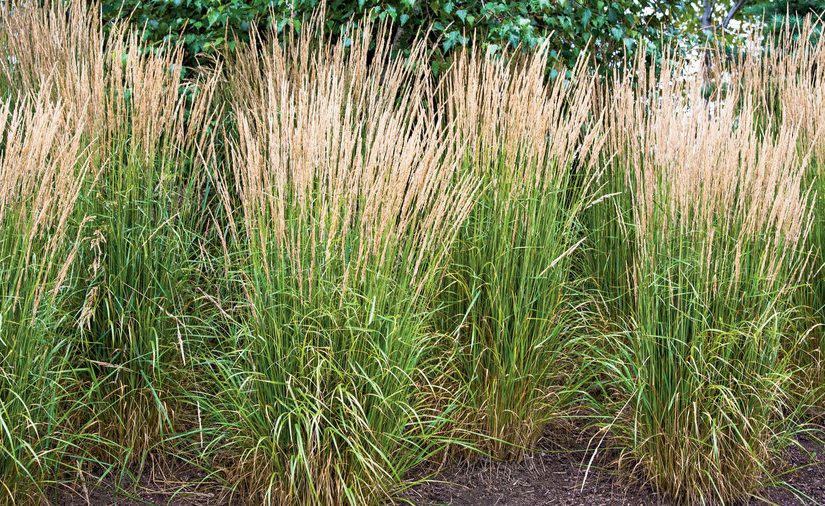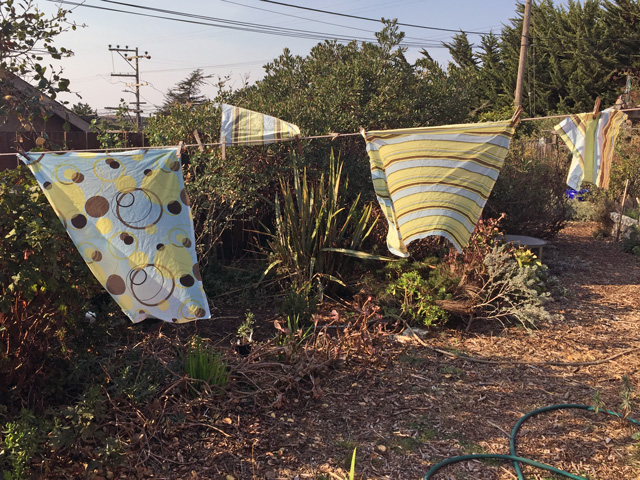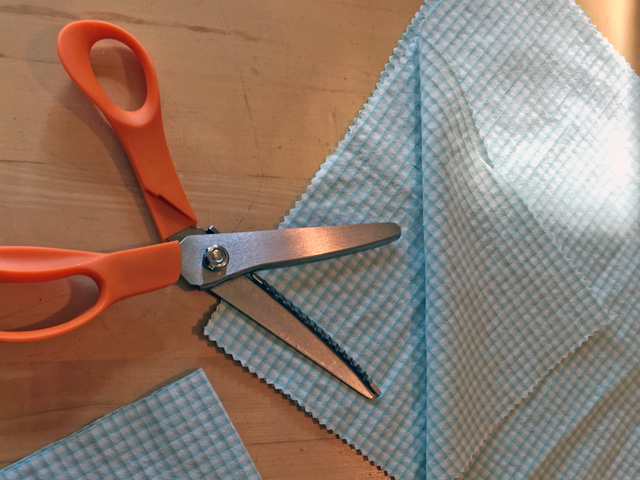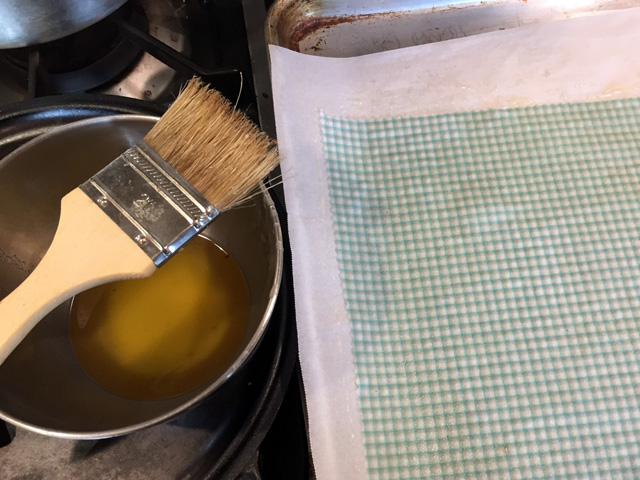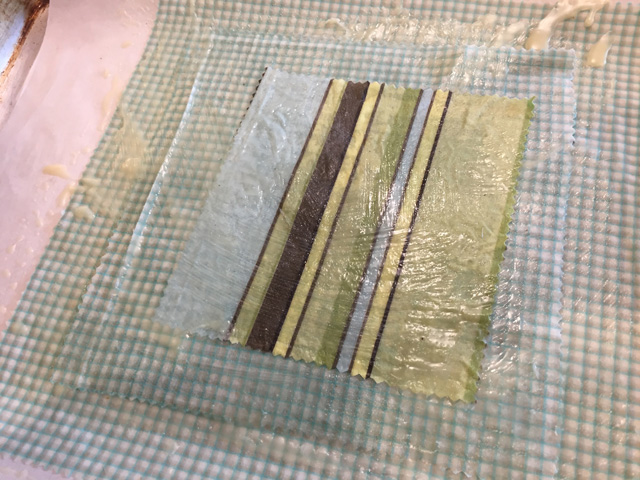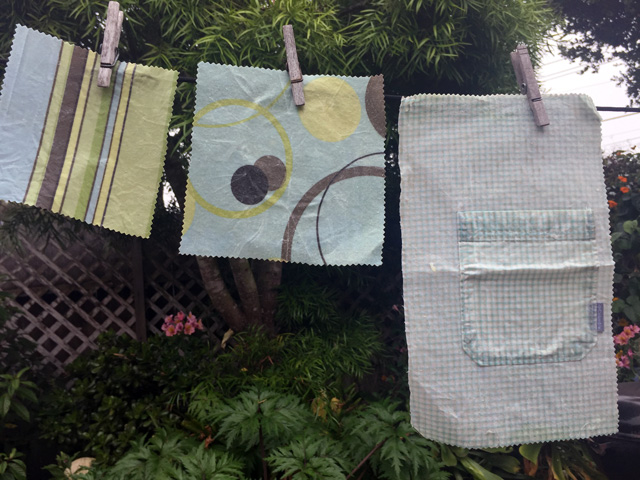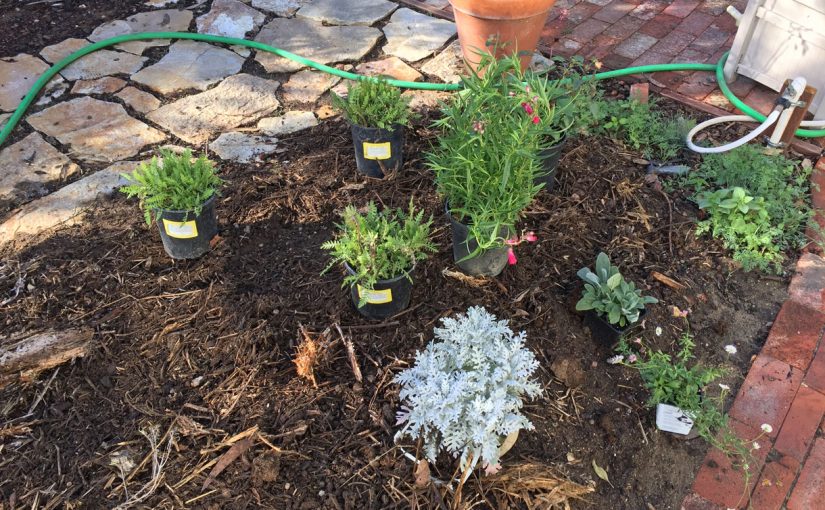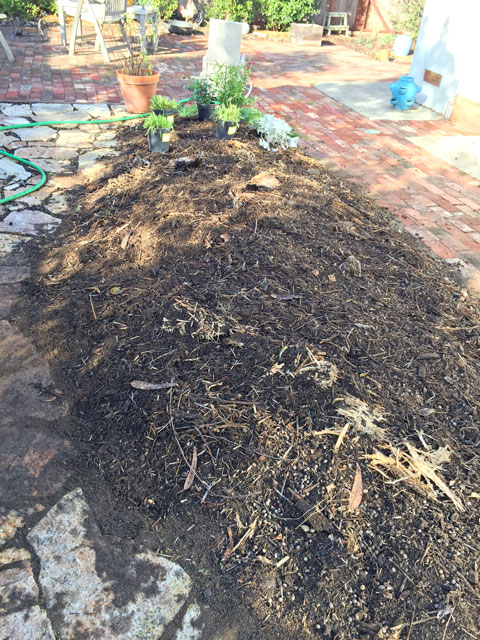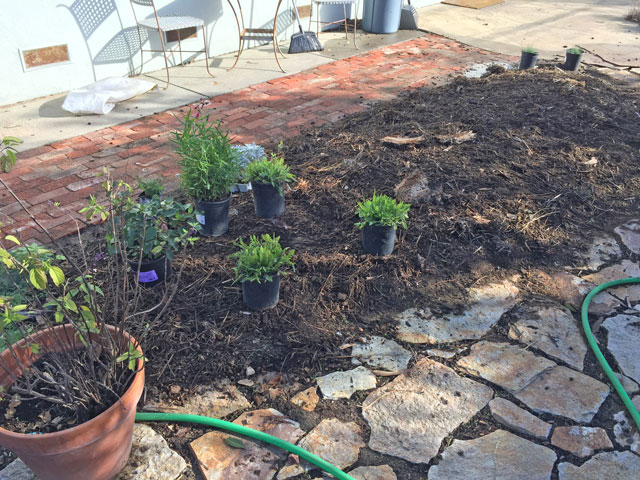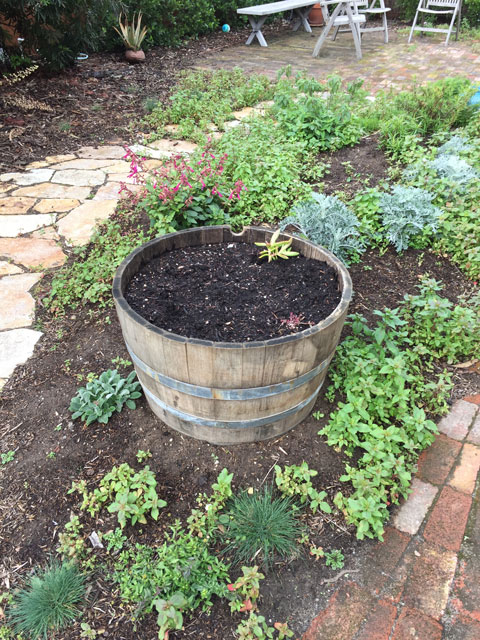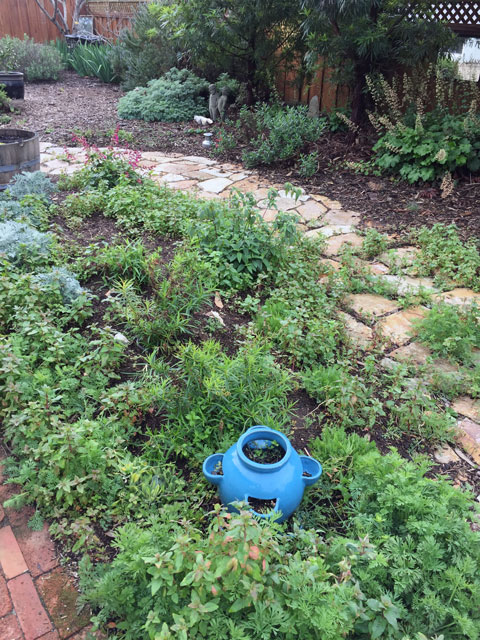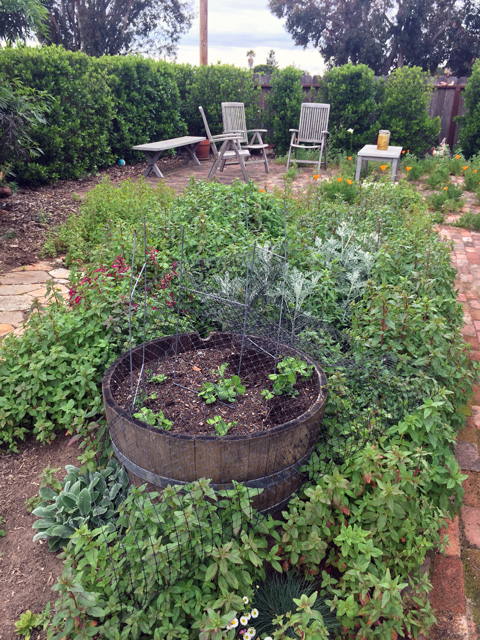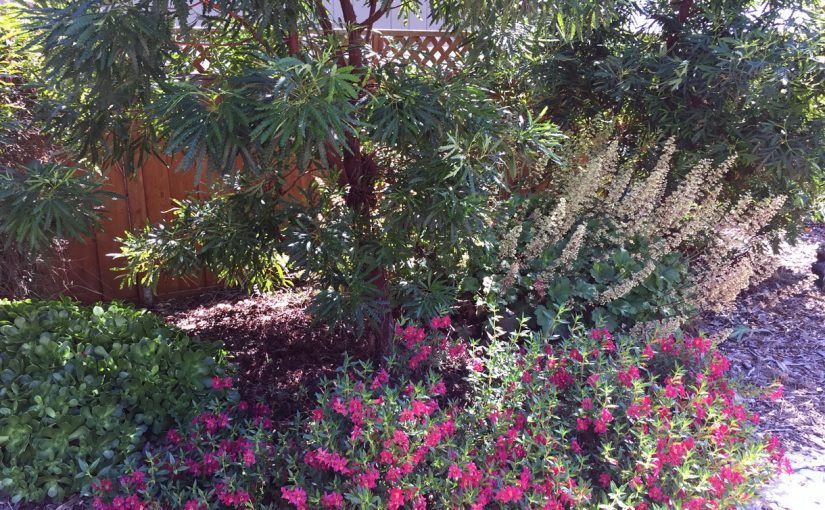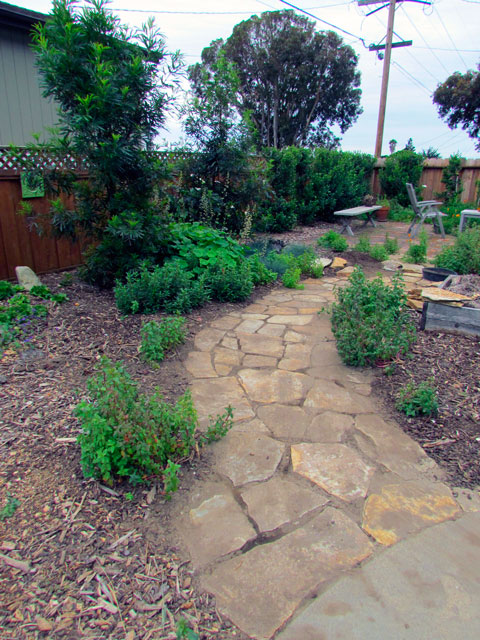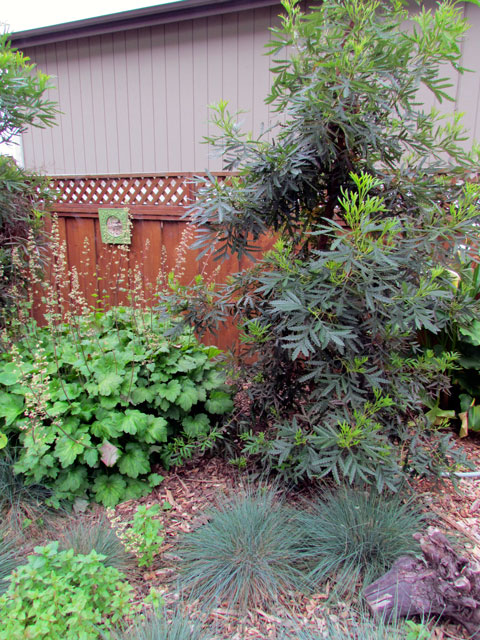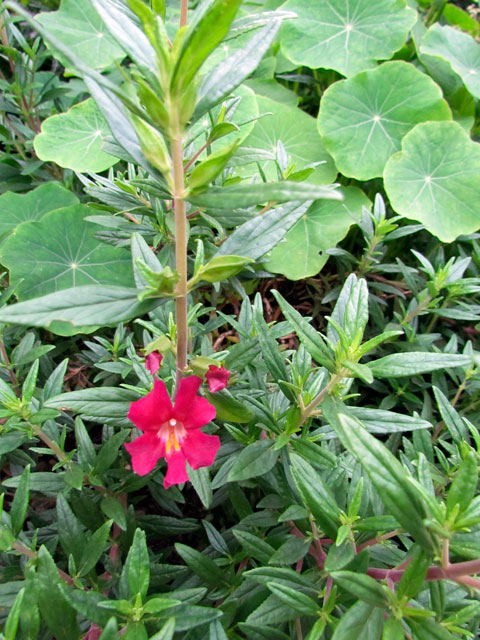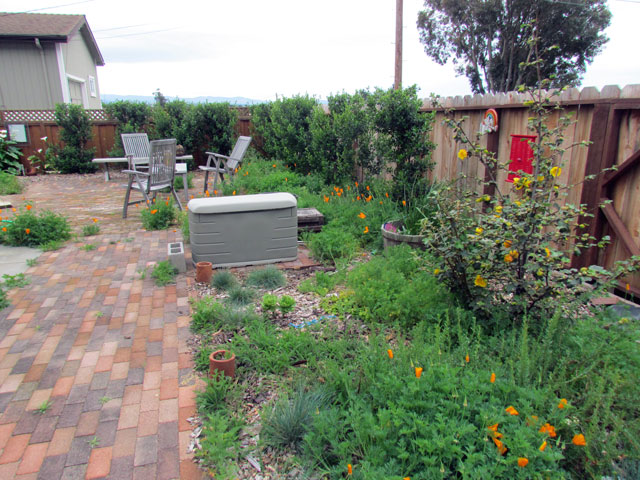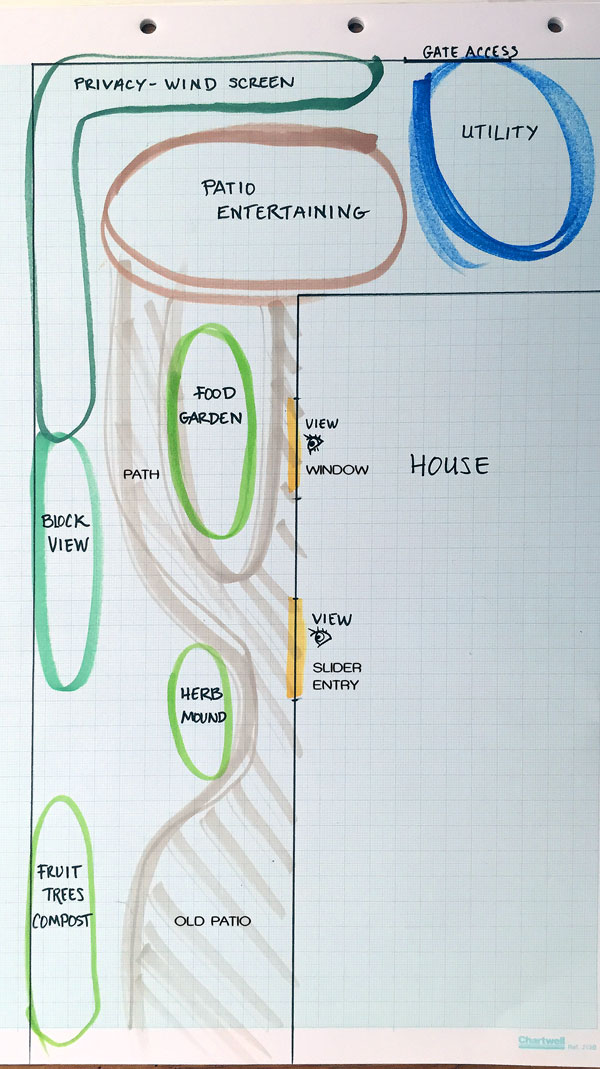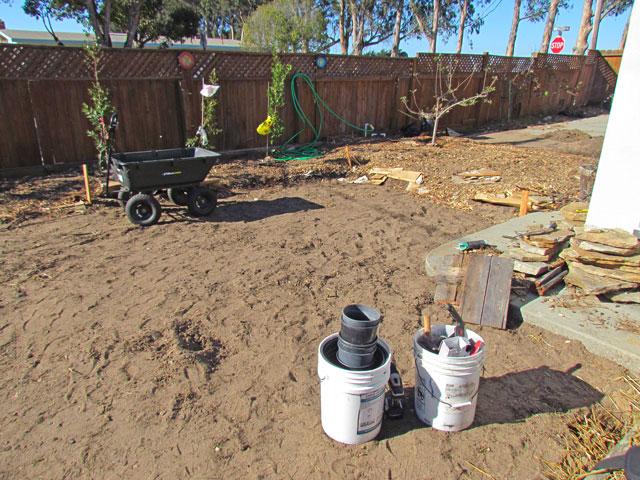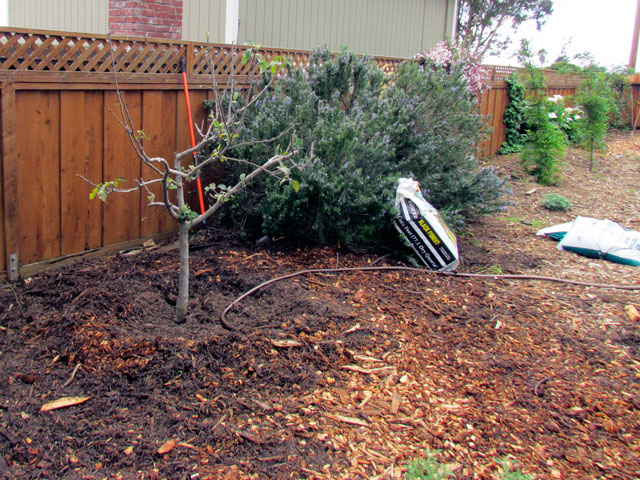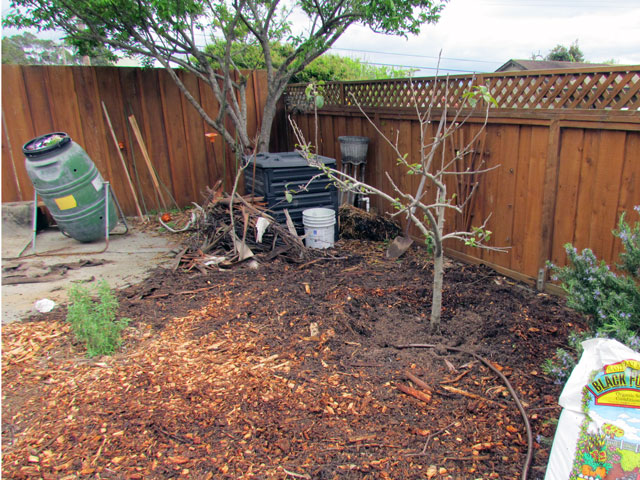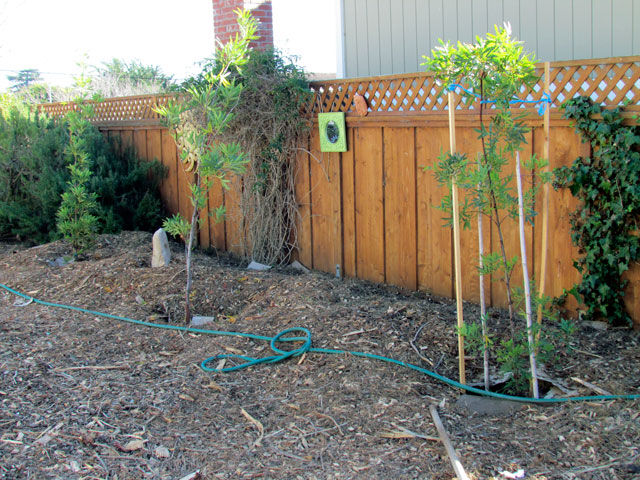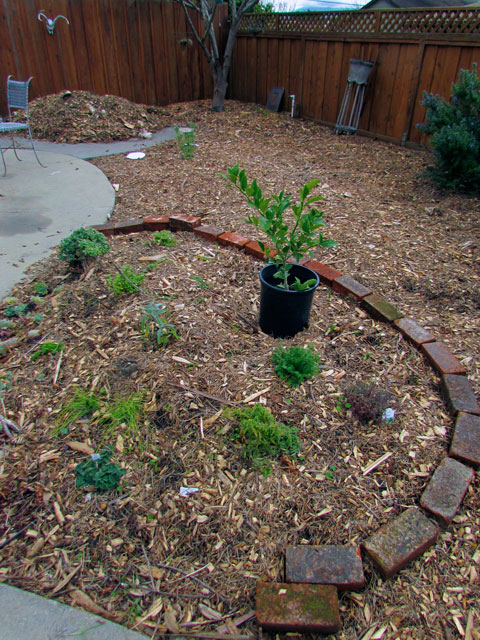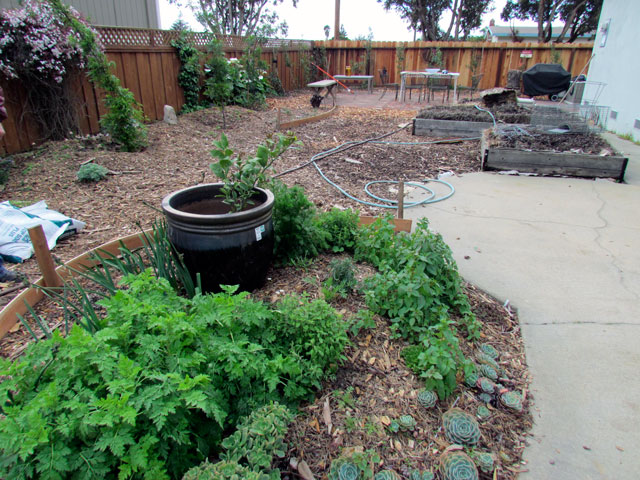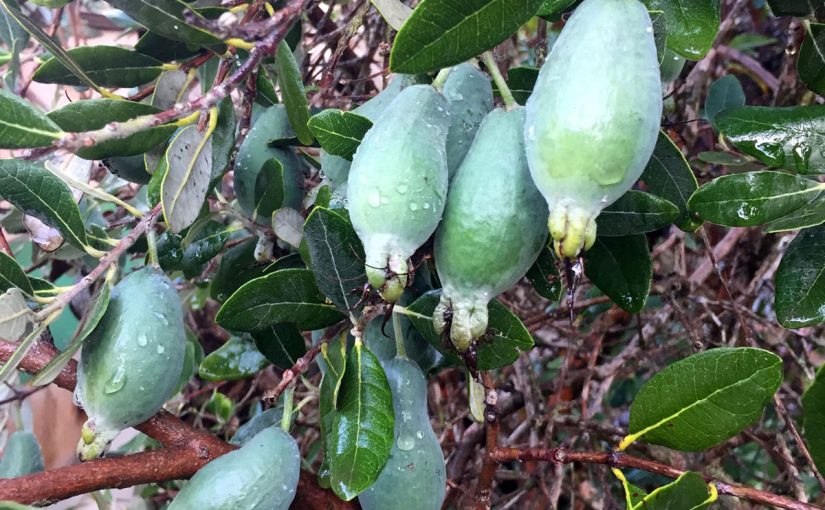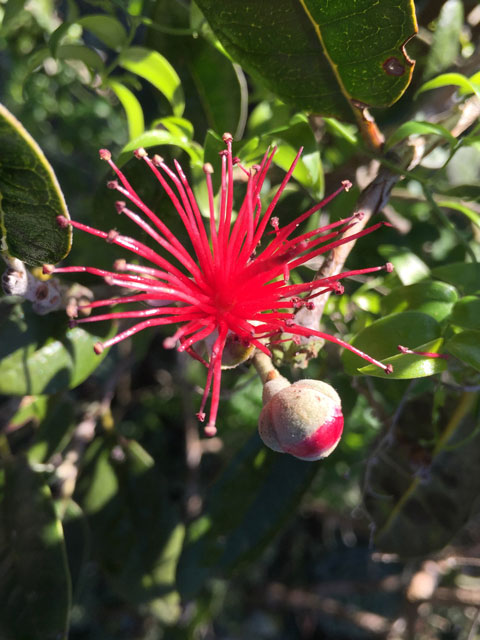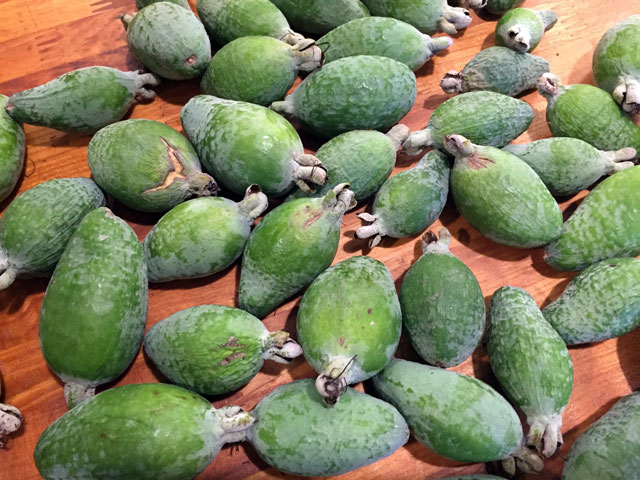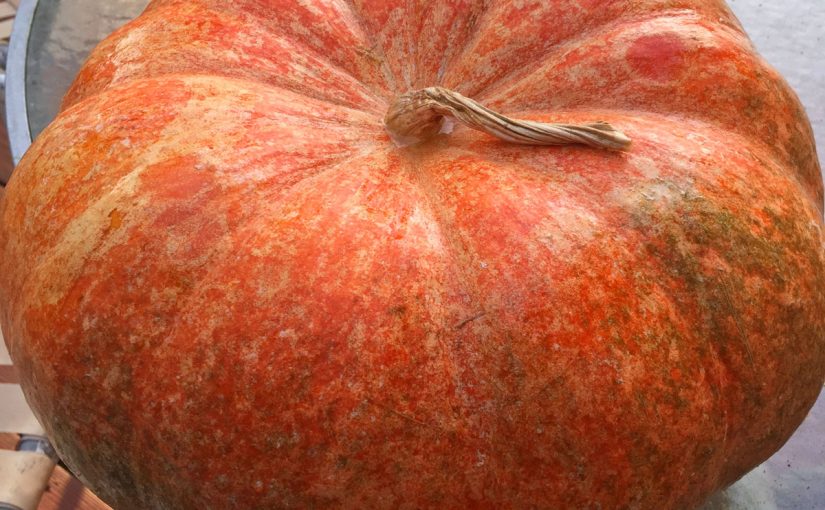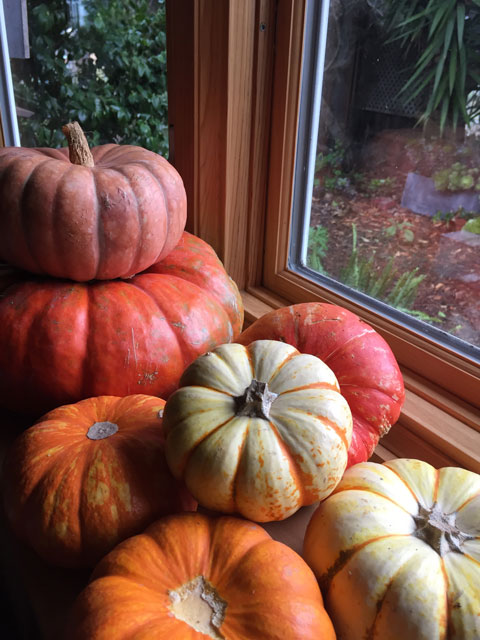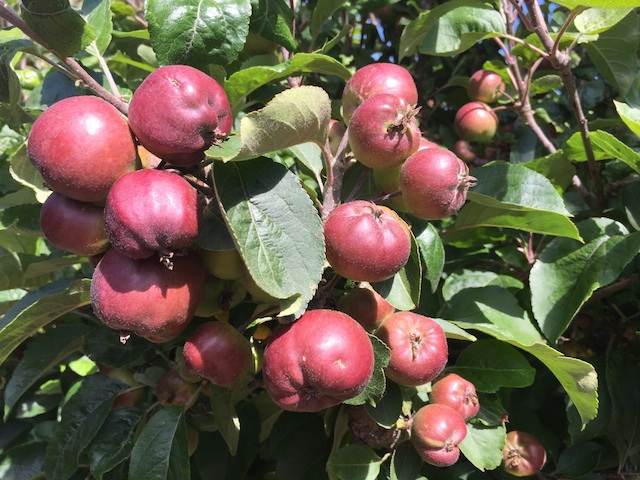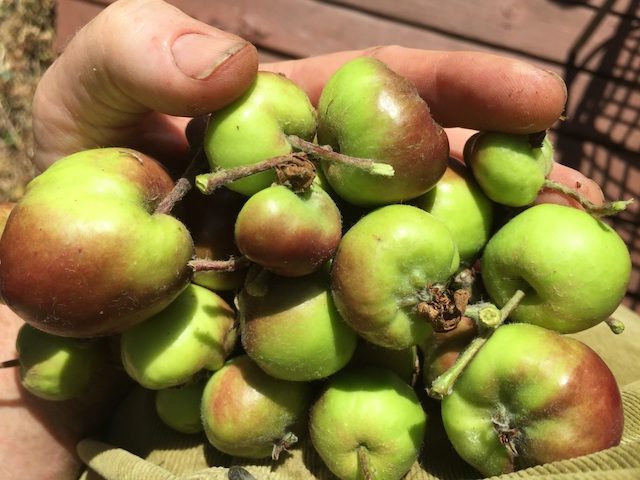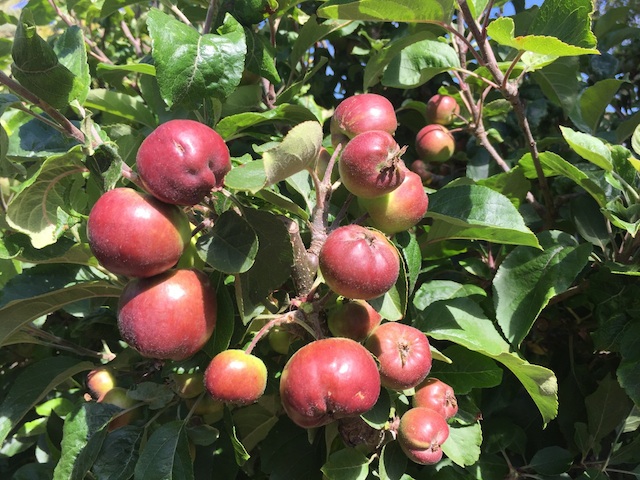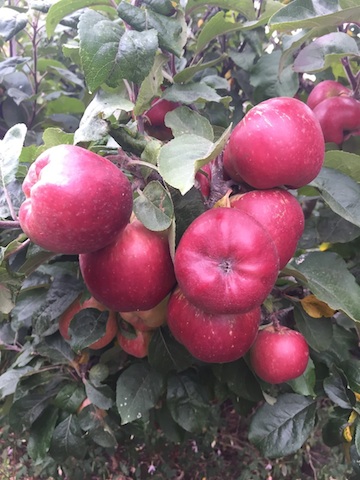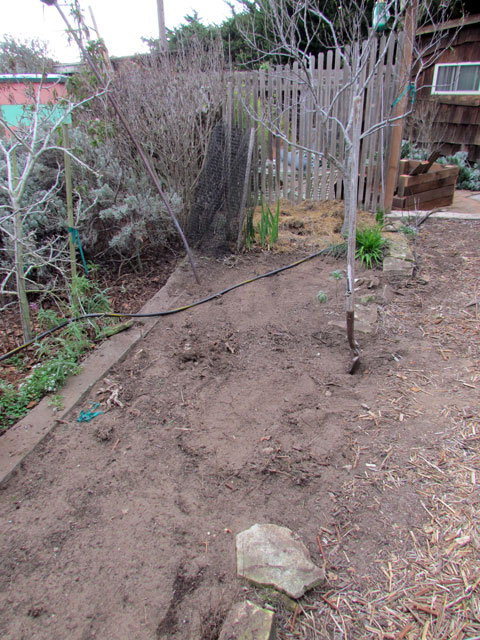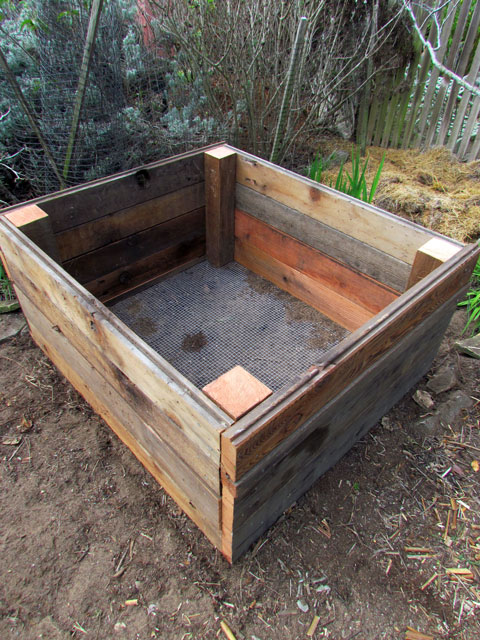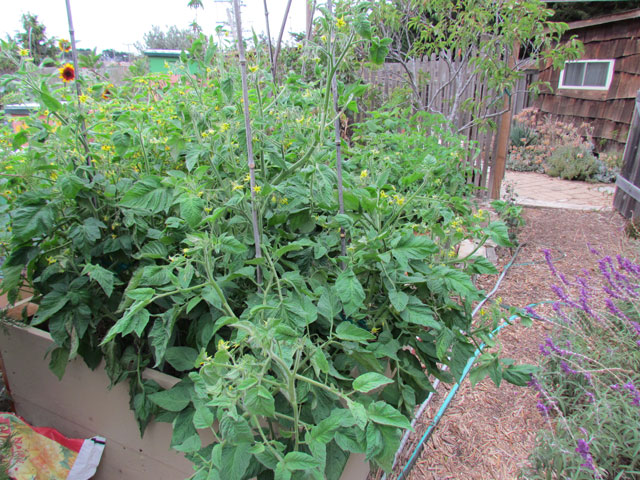Recently, a gardener asked what kind of ornamental grass would be good to replace her Mexican feather grass. She had just found out that it was on the California invasive species list and was alarmed that it was freely reseeding in her neighbors yard.
Mexican feather grass – Nassella tenuissima or Stipa tenuissima, is a beautiful ornamental grass that is easy to grow. As a landscape grass, it has a fine movement in the gentlest breezes. But, it reseeds easily and abundantly, sprouting out of every crack in driveways, sidewalks and paths. For such an angelic wispy form, it is a true botanical thug in the garden!
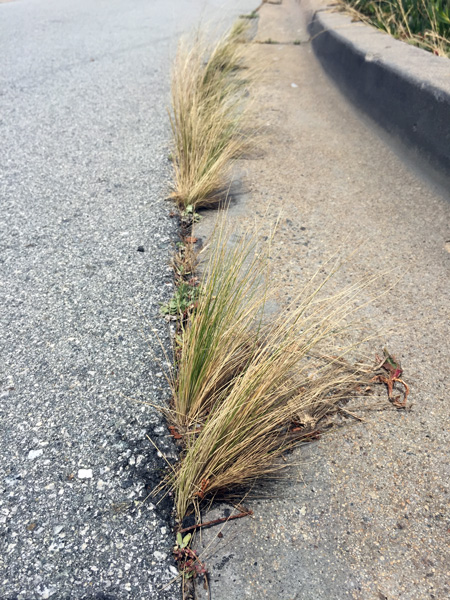
Why do the garden centers still sell this plant? Because it is popular and there are no laws to stop them. Mexican Feather grass is native to the south-western United States, northern Mexico and Argentina.
For this gardener, it was important that the replacement grasses have the same easy care and drought tolerance, and, have movement and upright form. We came up with this list that best suited the criteria and growing conditions of her garden as well as being non-invasive. As an added bonus several of these selections provide deep roots to stabilize slopes, create seeds for birds and food for insects.
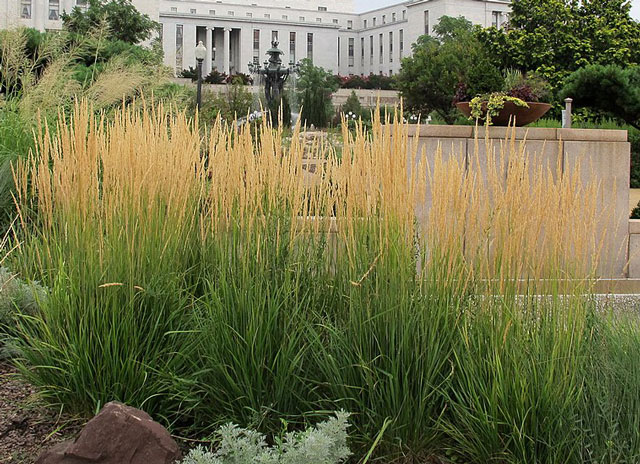
Calamagrostis acutiflora ‘Karl Foerster’ Feather Reed Grass
‘Karl Forster’ is a striking, formal upright grass that turns golden as the season progresses. Like the Mexican Feather grass, it has that lovely motion in the breeze that can be so delightful in the garden. It has a distinct sound from other grasses when the seed stalks rattle together. Feather Reed Grass has been on the “It’s It” plant lists for a few years for good reason. As a natural hybrid of of C. arundinacea, and C. epigejos it can claim heritage to both natives of Asia and Europe. The seeded heads are sterile so there is little chance of unleashing another invasive grass in to the landscape.
On the Central Coast, this Calamagrostis is only semi-deciduous and can remain green through most of the year if it gets some dry season water. A little late fall – early winter trim of old growth can get it off to a good fresh start for the spring. As a grass, it does like a bit of fertilizer during the growing season. It will tolerate both clay and sandy soils, and, can become drought tolerant after establishing. Just an FYI – this grass will get up to 5 feet tall when it blooms unlike the Mexican Feather Grass!
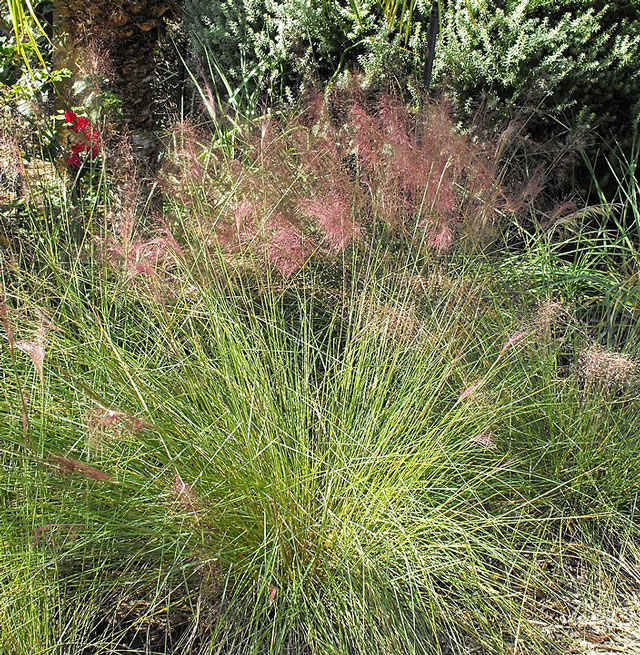
Muhlenbergia capilaris ‘Pink Muhly’
The ornamental value of this ‘Pink Muhly’ cannot be understated. It is a showstopper when in full pink cloud bloom. This grass has been featured in many garden spreads and does not disappoint. The pink heads fade to a tawny brown through the season at about 3 feet high. There is also a white cultivar – ‘White Cloud.’
This grass is semi-deciduous and can be given a haircut in the early winter unless the winter grayed color is desired. Pink Muhly requires good drainage so not a choice for heavier clay soils. As for drought tolerance, in the sandy soils a little summer water can go a long way to extend the show.
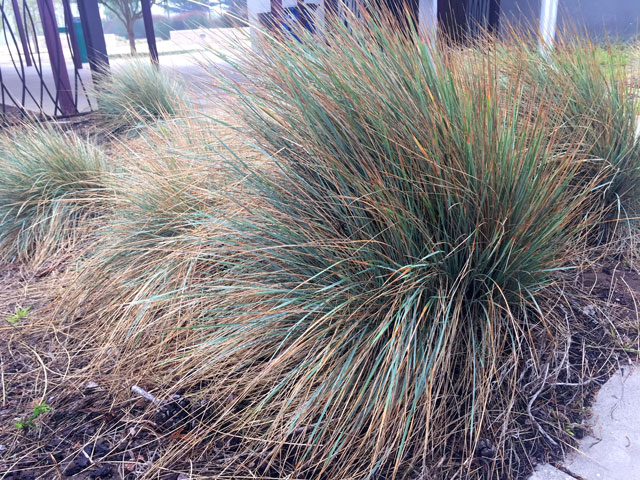
Muhlenbergia rigens Deer Grass
Deer Grass is a California Native (but not to all areas of California). That said it is extremely adaptive to most soils and conditions and can even take a bit of shade. It can easily grow under oak trees in dappled shade. This is a tough plant that can grow to 4 feet tall. The roots grow very deep and give this grass a great toe hold for drought conditions after establishment. A battery of Deer Grass can stabilize a soil bank equal to any large shrub! As another bonus, this grass feeds many birds and beneficial insects. Deer Grass deserves to be in more California-style gardens for its fountain like structure and shaggy evergreen form.
Still looking for something else?
Using native California grasses in the landscape can offer a unique fit to specific soils and growing conditions. There are many other native California grasses that have a place in the garden.
Here is a partial list that is worth a little research:
- Bouteloua gracillis
- Festuca californica
- Festuca idahoensis
- Carex – several species
- Deschampsia caepitosa
- Leymus triticoides
- Nasella pulchra
